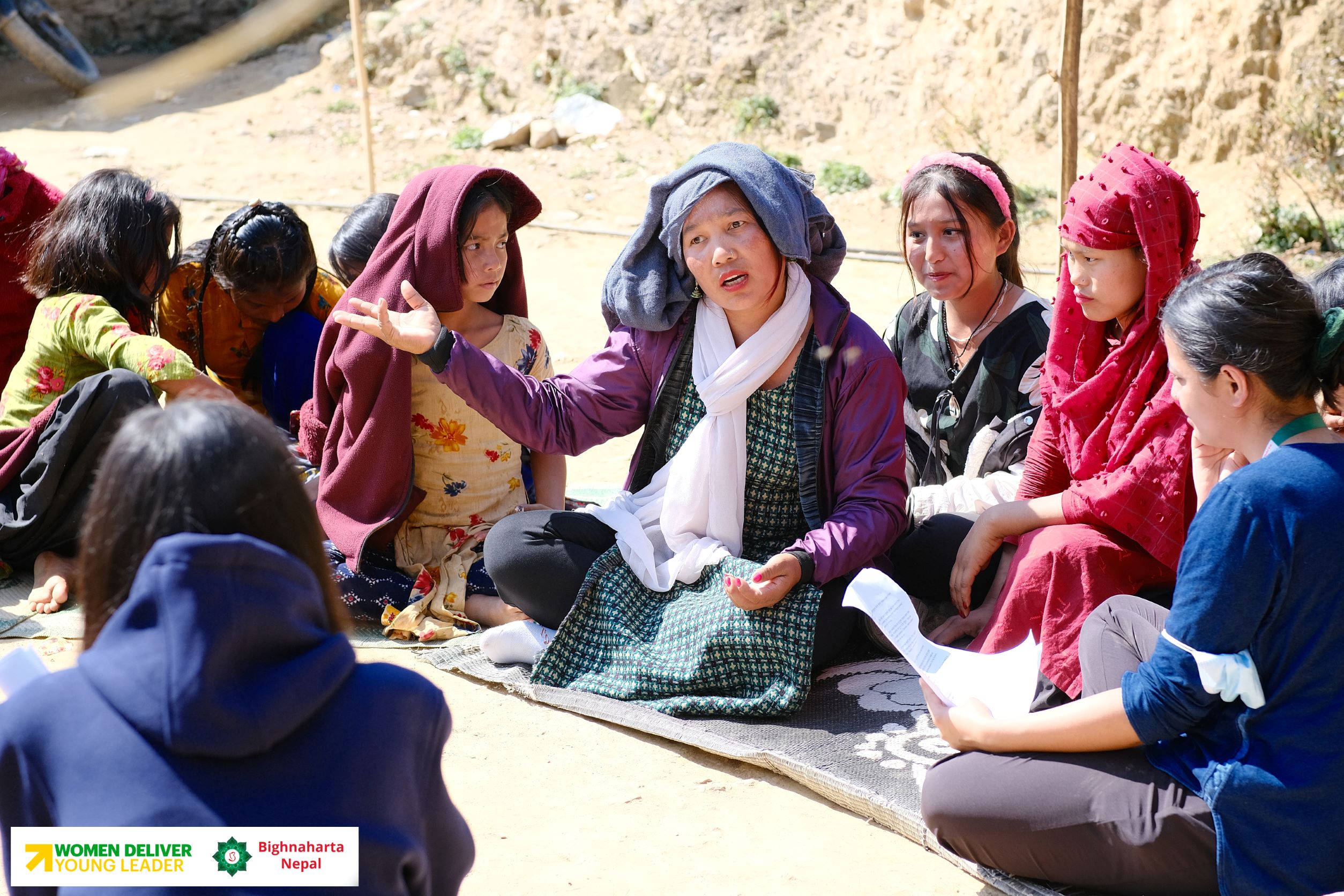
- Garima Bista
Women in Politics: An Act of Tokenism
On 11th July 2016, history was created when Sushila Karki was appointed as the first female Chief Justice of Nepal. The history, unfortunately, remained as mere words on paper as no other female candidates have been appointed post-Sushila Karki.
With the provisions of inclusivity being rendered in the Constitution itself, the question as to whether the inclusiveness is for mere representation or does it actually allow the party to take active participation in decision-making remains unanswered.
While the female population of the country remains comparatively higher, the glass ceiling still remains firmly in place. In the World Economic Forum’s Global Gender Gap Report 2021, Nepal was ranked 106 out of 156 countries. The Nepal Human Development Report 2020 warned that Nepal is losing 25 percent of human development because of gender inequality. It stated that “structural barriers and social exclusion underpin gender discrimination and inequality.”
The quantitative representation of women can be wholly attributed to the legal requirements. Of the 46,693 nominations for executive positions in the recent local elections, women comprised only 8.4 percent of the candidates. The rest of the women’s nominations (29.44 percent) are for reserved seats for females (including from disadvantaged communities) as mandated by law.
Despite constitutional guarantees, women still face legal and structural hurdles. The increase in the number of representations does not necessarily indicate an increase in active participation. Female candidates feeling constrained to speak up in regards to leadership have also left politics as a boys club.
There is a need for the quantitative representation of women in the decision-making position to be changed into qualitative representation. There is also the requirement to dismantle the socially constructed gendered roles that have barred women from taking leadership positions and the culture where “femininity is denied political space, scope, and subsequently, legitimate candidacy.”

